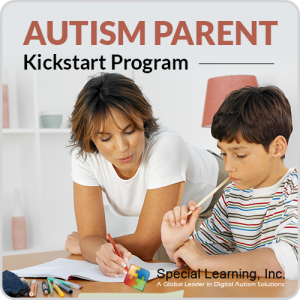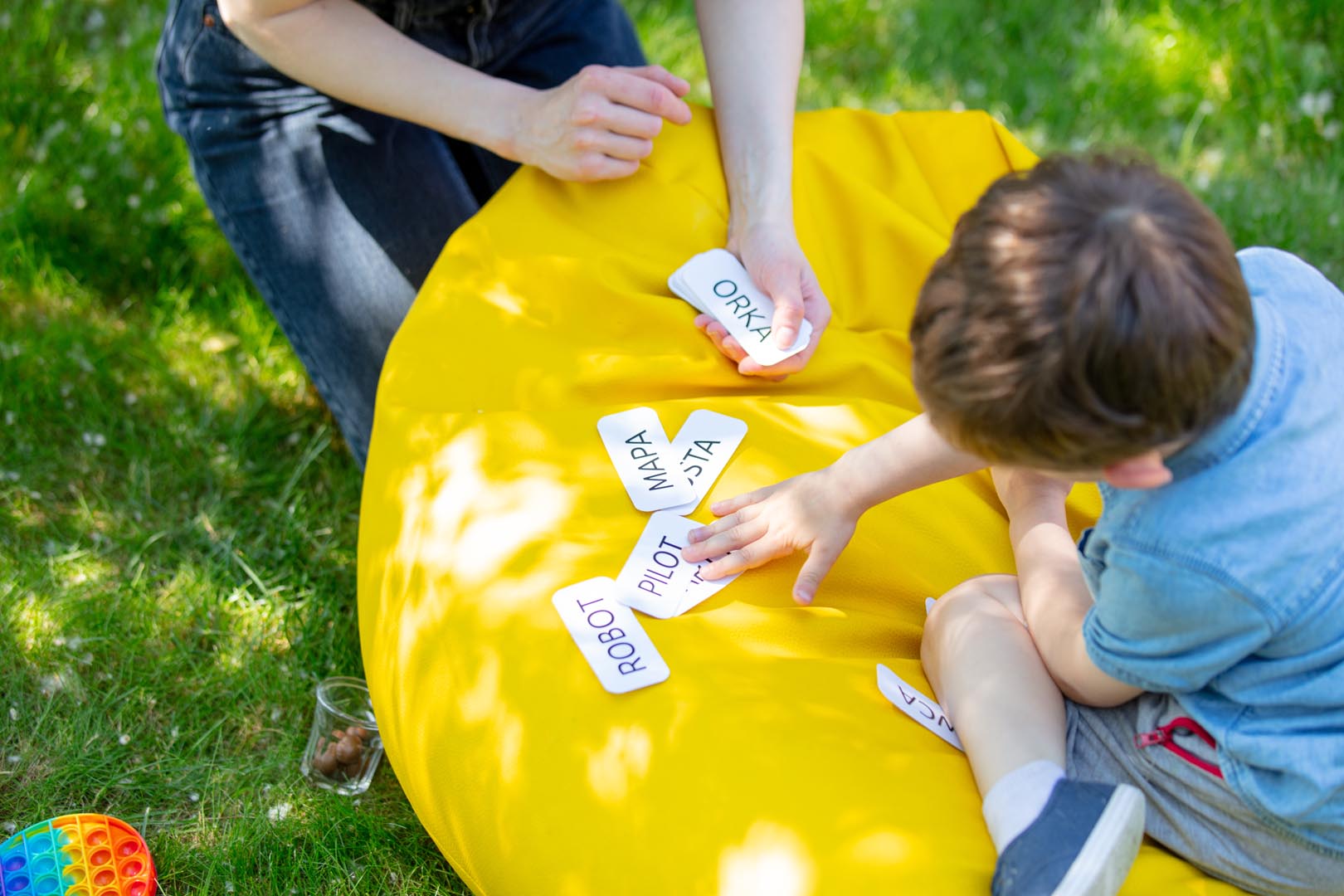Occupational Therapy
Occupational therapy is great and effective therapy in the treatment of daily life occupations, jobs, and activities of a child, or adult, diagnosed with autism spectrum disorders (ASD), or autism for short. This is a well organized and defined therapy to improve the daily routine skills and activities including:
· Motoring skills including games, balances, and estimations of the movements, etc.
· Sensory integration and management activities
· Routine and habit development activities
· Other social interactive activities, etc.
Children or other people of different ages, who are diagnosed with autism normally face many problems in carrying out daily life routine activities and other motoring-related activities such as playing games, walking, swimming, and other balancing activities. A child with autism lacks control of his body parts making his activities — from handwriting to eating — uncoordinated and clumsy.
Occupational therapy is the best and most effective procedure to overcome such problems. However, the result and effectiveness of the therapy may vary: some people improve slower and at a gradual pace, while some are observed to improve drastically. The time to obtain desirable results also varies in different levels of ASD and varies from person to person, as well. There are reported cases that have shown results in very little time (about six months), while other cases have taken years to achieve the same level of result. The effectiveness of a therapist is another very important factor that affects and determines the result of therapy.
Occupational therapy is based on a comprehensive intervention program for a person with autism. The following are the major interventions and procedures used in this therapy:
Sensory-motor integration: This is an intervention or repetitive program that helps in the development and enhancement of motor activities. The main objective of this therapy is to understand the method of sensory information that people with autism gather and process, which is different from people who are normal. Secondly, this program aims to help improve the quality of activities they have in response to the sensory information they collect and sense. This, however, requires a process called intensive behavior intervention (IBI) in order to overcome the problems faced by people diagnosed with ASD.
General skill building: This is a vast field of intervention activities pertaining to eating, behavior, social interactive concepts and practices, communication behavior, the process of dressing, hygiene, and other activities. These skills can only be improved and developed through repetitive practices and interaction, which are playful activities, done as a group or individually and administered by a therapist.
Occupational therapy has proven to be very beneficial and effective in the treatment of people diagnosed with autism.
Reference: Law, Dr. Mary (): Autism Spectrum Disorder and Occupational therapy.
Copyright © by Special Learning Inc. All right reserved.
No part of this article may be reproduced in any manner whatsoever without written permission except in the case of brief quotations embodied in critical articles and reviews. For information, contact Special Learning Inc., at: contact@special-learning.com








